Home>Gardening & Outdoor>Landscaping Ideas>How Does Grass Benefit The Environment
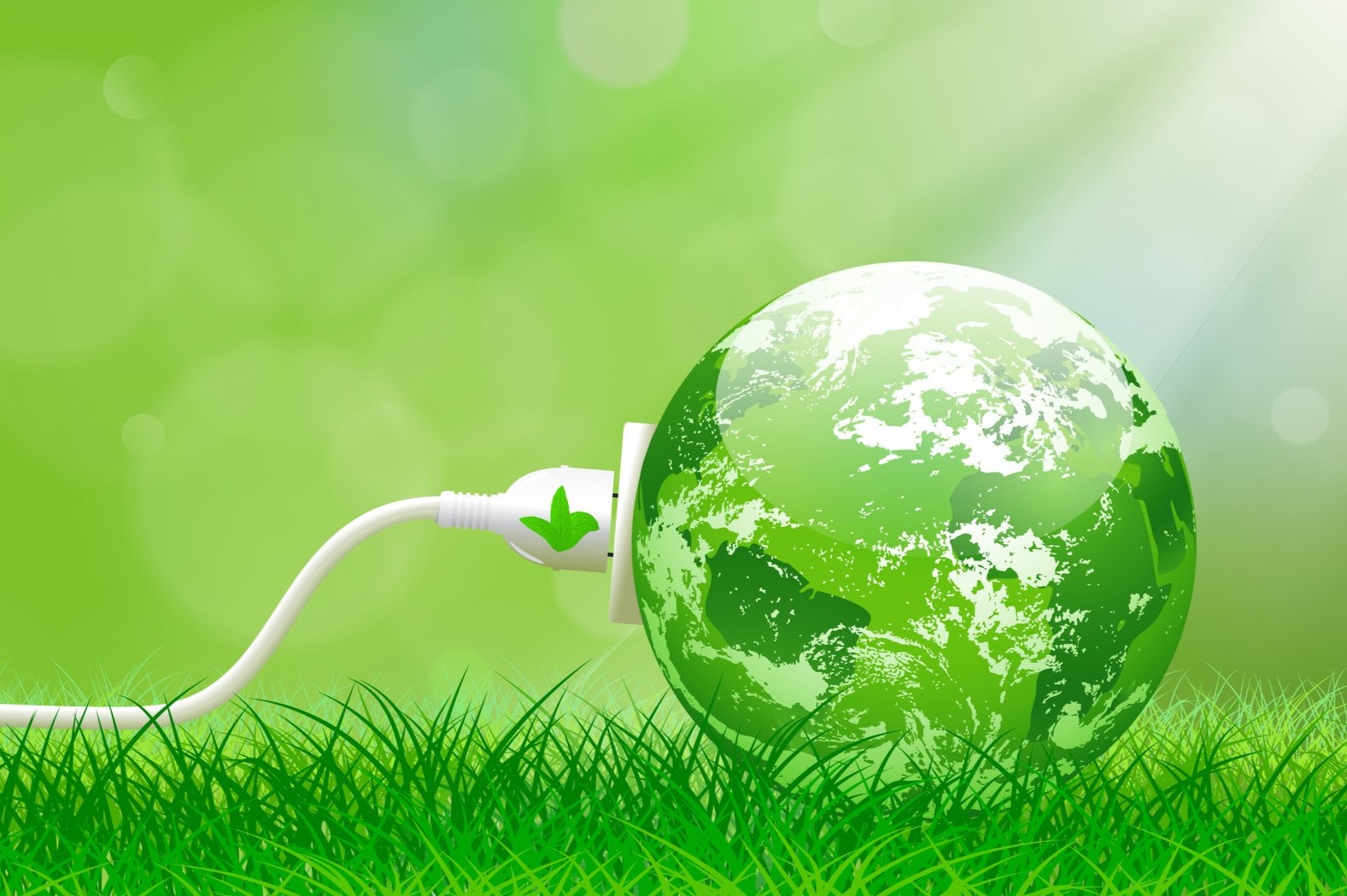

Landscaping Ideas
How Does Grass Benefit The Environment
Published: January 23, 2024
Discover the environmental benefits of grass and how it can enhance your landscaping ideas. Learn how grass contributes to a healthier and more sustainable environment.
(Many of the links in this article redirect to a specific reviewed product. Your purchase of these products through affiliate links helps to generate commission for Storables.com, at no extra cost. Learn more)
**
Introduction
**
When we think of grass, our minds often conjure images of lush lawns, verdant meadows, or picturesque landscapes. However, beyond its aesthetic appeal, grass plays a pivotal role in maintaining the delicate balance of our environment. Its impact extends far beyond mere decoration, as it actively contributes to the health and sustainability of our planet. In this article, we will delve into the myriad ways in which grass benefits the environment, from carbon sequestration to biodiversity support. By understanding the multifaceted significance of this ubiquitous plant, we can develop a deeper appreciation for its ecological importance and the profound impact it has on our world. Join us on a journey through the verdant realm of grass, where we uncover its vital role in preserving the environment for generations to come.
Key Takeaways:
- Grass is more than just a pretty sight – it helps fight climate change by trapping carbon and preventing soil erosion, making it a vital ally in preserving the environment.
- Grass acts as a natural filter, purifying water and improving air quality, while also providing essential habitats for diverse wildlife, showcasing its crucial role in supporting biodiversity and sustaining ecosystems.
Read more: What Does Grass Do For The Environment
Carbon Sequestration
One of the most crucial roles that grass plays in the environment is carbon sequestration. As part of the natural carbon cycle, grasses absorb carbon dioxide from the atmosphere during photosynthesis, converting it into organic compounds while releasing oxygen. This process not only aids in offsetting the excessive carbon emissions produced by human activities but also helps mitigate the effects of climate change. The carbon stored within the grasses and their root systems acts as a vital carbon sink, effectively trapping carbon and preventing it from re-entering the atmosphere as a greenhouse gas.
Grasslands, including both natural and cultivated grassy areas, are significant carbon sinks, playing a pivotal role in global carbon sequestration. The extensive root systems of grasses further contribute to carbon storage in the soil, enhancing its fertility and overall health. By sequestering carbon, grasses help maintain the delicate balance of the atmosphere, mitigating the impact of anthropogenic carbon emissions and fostering a more sustainable environment for all living organisms.
Furthermore, the preservation and restoration of grasslands, including the implementation of sustainable agricultural practices, are essential for maximizing the carbon sequestration potential of grasses. By recognizing the critical role of grasslands in carbon sequestration and adopting measures to protect and expand these ecosystems, we can significantly contribute to global efforts aimed at combating climate change and preserving the planet’s ecological equilibrium.
Soil Erosion Prevention
Grass serves as a natural safeguard against soil erosion, playing a fundamental role in preserving the integrity of the earth’s surface. The extensive root systems of grasses act as anchors, firmly securing the soil and preventing erosion caused by wind and water. In areas prone to erosion, such as hillsides, grasses form a protective cover that effectively mitigates the detrimental impact of natural elements on the topsoil.
Moreover, the intricate network of grass roots enhances soil structure, promoting aggregation and stability. This, in turn, reduces the risk of soil compaction and enhances water infiltration, fostering a conducive environment for essential soil microorganisms and promoting overall soil health. By preventing erosion and maintaining soil quality, grasses contribute to the sustainability of agricultural lands, preserving fertile soil for crop cultivation and sustaining ecosystems.
Furthermore, the role of grass in erosion control extends to urban and suburban environments, where grassy areas serve as vital buffers against the erosive forces of rainfall and runoff. Green spaces and lawns in residential and commercial settings play a crucial role in preventing soil erosion, protecting infrastructure, and maintaining the aesthetic appeal of landscaped areas.
Recognizing the significance of grass in mitigating soil erosion, conservation efforts and sustainable land management practices are essential for maximizing its erosion-prevention benefits. From implementing grassed waterways in agricultural landscapes to promoting green infrastructure in urban planning, the integration of grasses as erosion control measures is paramount for preserving the integrity of the earth’s surface and ensuring the long-term sustainability of our environment.
Water Filtration
Grass plays a vital role in water filtration, serving as a natural purifying agent that enhances water quality and sustains aquatic ecosystems. The intricate root systems of grasses act as a porous matrix, effectively filtering and purifying water as it percolates through the soil. This natural filtration process removes impurities, excess nutrients, and pollutants, thereby preventing contamination of groundwater and surface water bodies.
Additionally, grassy riparian buffers along waterways and wetlands play a critical role in safeguarding aquatic habitats and maintaining water quality. These vegetated buffers, comprised of grasses and other native plants, act as a protective barrier, trapping sediments and absorbing nutrients and pollutants before they reach the water. By intercepting and filtering runoff, grasses help mitigate the adverse effects of nonpoint source pollution, preserving the ecological balance of aquatic ecosystems.
Furthermore, the presence of grasses in constructed wetlands and bioretention systems enhances water purification processes, contributing to the restoration and maintenance of natural water cycles. These green infrastructure solutions leverage the purifying capabilities of grasses to mitigate stormwater pollution, recharge aquifers, and sustainably manage urban water resources.
By harnessing the innate ability of grass to filter and purify water, we can optimize its potential for sustainable water management and environmental conservation. Integrating grassy buffer strips, vegetated swales, and green stormwater infrastructure into land use planning and development projects is essential for preserving water quality, protecting aquatic ecosystems, and ensuring access to clean and abundant water resources for present and future generations.
Tip: Planting and maintaining grass helps prevent soil erosion, filters pollutants from water, and absorbs carbon dioxide from the atmosphere, benefiting the environment.
Biodiversity Support
Grasslands play a pivotal role in supporting biodiversity, harboring a diverse array of plant, animal, and microbial species within their expansive ecosystems. These diverse grassy landscapes provide vital habitats for numerous species, including insects, birds, small mammals, and a myriad of plant species. The structural complexity and ecological richness of grasslands contribute to the preservation of biodiversity, fostering a delicate balance of interconnected life forms.
Moreover, the intricate root systems of grasses create a favorable environment for soil-dwelling organisms, including earthworms, microorganisms, and beneficial fungi. These subterranean communities play a crucial role in nutrient cycling, soil aeration, and overall ecosystem health, contributing to the intricate web of life within grassland ecosystems.
Furthermore, grasslands serve as essential foraging and nesting grounds for various wildlife species, providing sustenance and shelter within their verdant expanses. From the iconic grazing mammals that roam the savannas to the diverse avian species that find refuge in grassy meadows, grasslands support a rich tapestry of life, fostering biodiversity on a global scale.
Conserving and restoring grassland habitats is essential for preserving biodiversity and safeguarding the delicate balance of ecosystems. By protecting natural grasslands, implementing sustainable grazing practices, and restoring degraded grassy landscapes, we can actively contribute to the preservation of biodiversity and the protection of numerous species that rely on these vital ecosystems for their survival.
Air Quality Improvement
Grasses play a significant role in improving air quality, contributing to the reduction of air pollutants and enhancing the overall well-being of the environment. Through the process of photosynthesis, grasses absorb carbon dioxide from the atmosphere, thereby mitigating the accumulation of this greenhouse gas and its detrimental impact on climate and air quality. Additionally, grasses release oxygen as a byproduct of photosynthesis, enriching the atmosphere and supporting respiratory health for all living organisms.
Furthermore, the intricate leaf structures of grasses act as natural filters, capturing airborne particles and pollutants, including dust, pollen, and various contaminants. This filtration capacity helps purify the air, reducing the presence of allergens and particulate matter that can adversely affect human health and the environment.
In urban and suburban environments, grassy areas, such as parks, lawns, and green spaces, play a vital role in mitigating urban heat island effects and reducing air pollution. The expansive canopy of grasses provides shade and cooling, counteracting the heat buildup in developed areas and diminishing the energy demand for air conditioning. Moreover, the presence of grassy landscapes contributes to the dispersion and removal of air pollutants, thereby enhancing the overall air quality in urban settings.
Grasses also play a crucial role in phytoremediation, the process by which plants remove, degrade, or contain pollutants in the soil and water. Certain grass species exhibit the ability to absorb and metabolize pollutants, such as heavy metals and hydrocarbons, effectively cleansing the environment and improving air quality in contaminated areas.
By recognizing the air-purifying capabilities of grasses and incorporating green spaces into urban planning and development, we can optimize their potential to improve air quality and create healthier, more sustainable environments for communities worldwide.
Conclusion
Grass, often overlooked for its ecological significance, emerges as a stalwart guardian of the environment, contributing to a myriad of essential ecological processes. From carbon sequestration to erosion prevention, water filtration, biodiversity support, and air quality improvement, the multifaceted benefits of grass extend far beyond its ornamental allure. As stewards of the environment, it is imperative that we recognize and harness the innate potential of grasses to foster a sustainable and resilient planet.
By preserving natural grasslands, implementing sustainable land management practices, and integrating green infrastructure into urban and rural landscapes, we can amplify the environmental benefits of grasses and safeguard the delicate balance of our ecosystems. Furthermore, fostering an appreciation for the ecological role of grasses can inspire collective action and innovative solutions to address pressing environmental challenges, from climate change mitigation to water resource management.
As we navigate the complexities of the modern world, the humble grass stands as a testament to the profound impact of nature’s intricate mechanisms. Its contributions to the environment, both seen and unseen, underscore the interconnectedness of all living organisms and the imperative of preserving the natural world for future generations.
In embracing the vital role of grass in environmental sustainability, we embark on a journey of harmonious coexistence with nature, where the verdant blades of grass serve as steadfast allies in our quest to nurture and protect the planet we call home.
Frequently Asked Questions about How Does Grass Benefit The Environment
Was this page helpful?
At Storables.com, we guarantee accurate and reliable information. Our content, validated by Expert Board Contributors, is crafted following stringent Editorial Policies. We're committed to providing you with well-researched, expert-backed insights for all your informational needs.
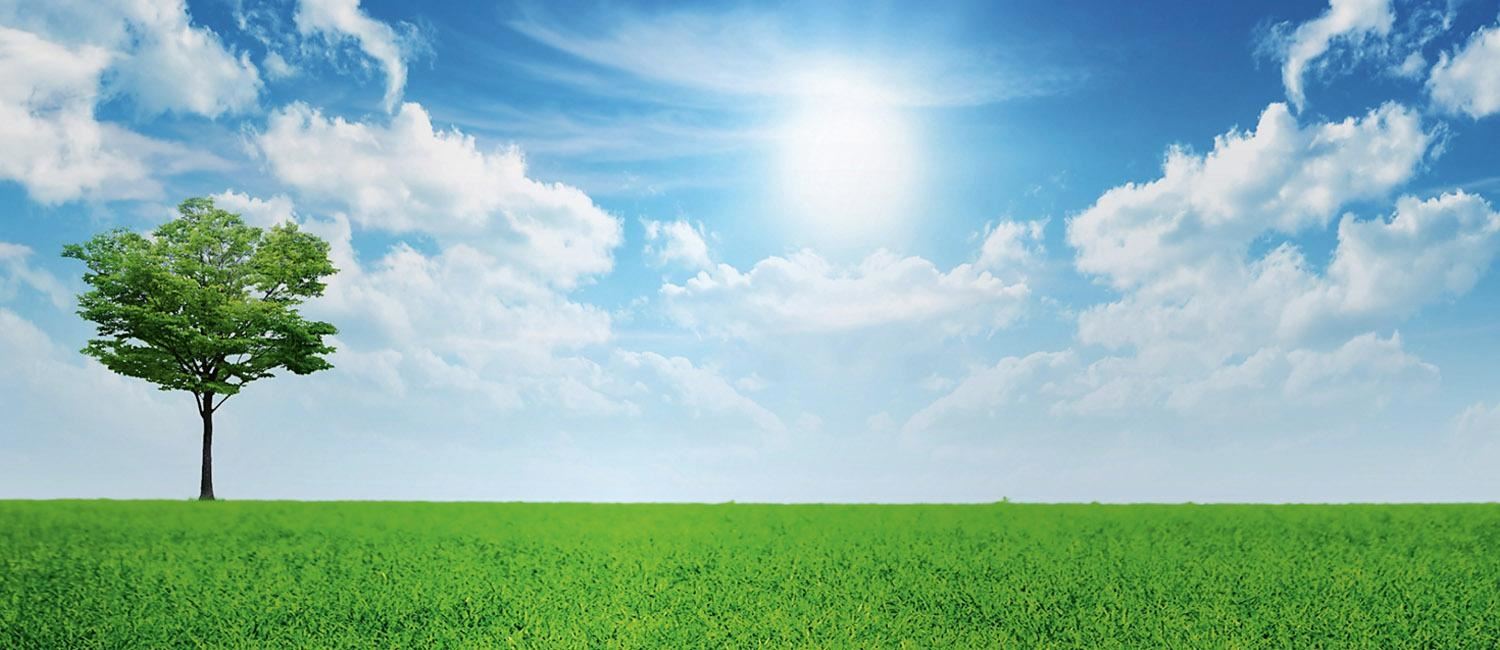
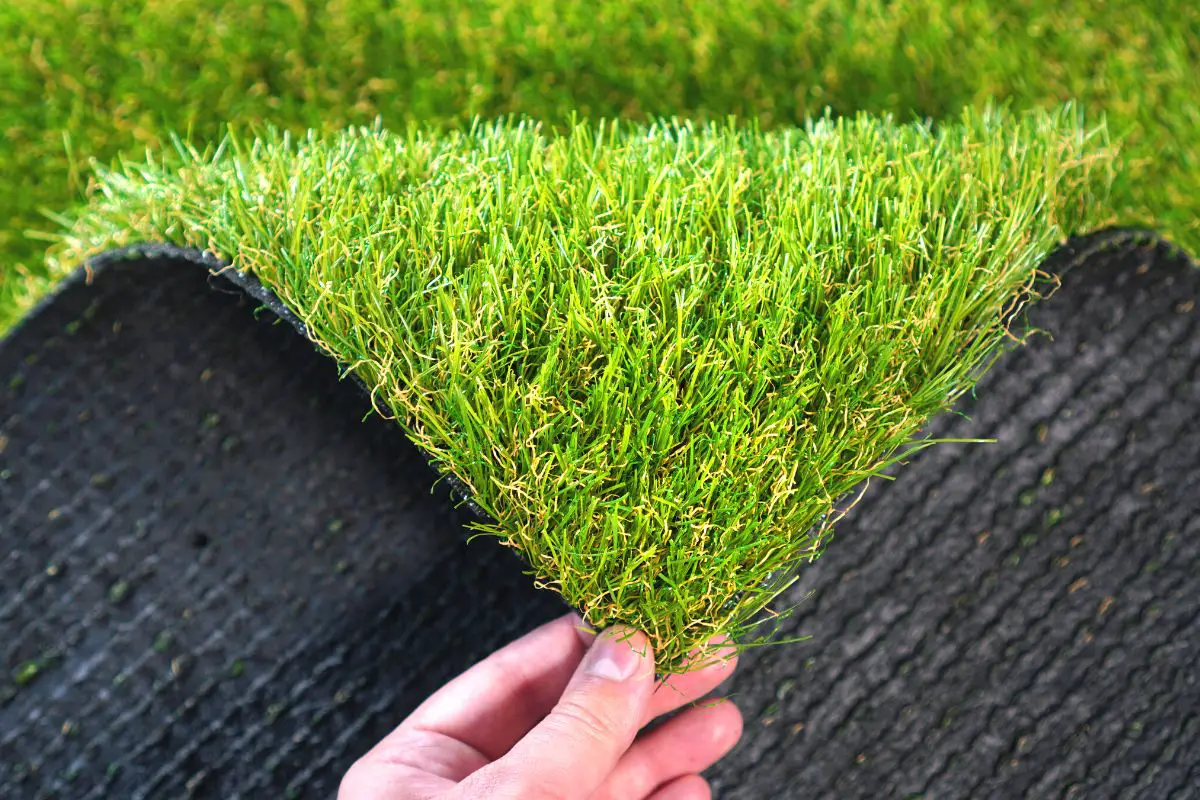

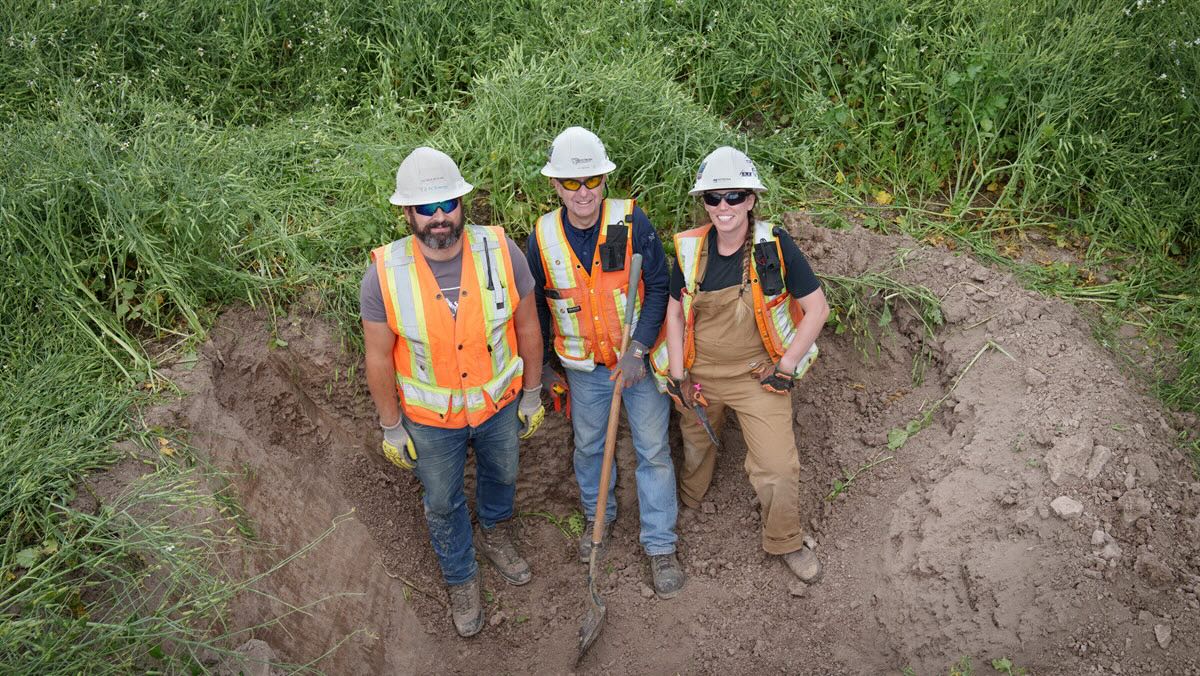
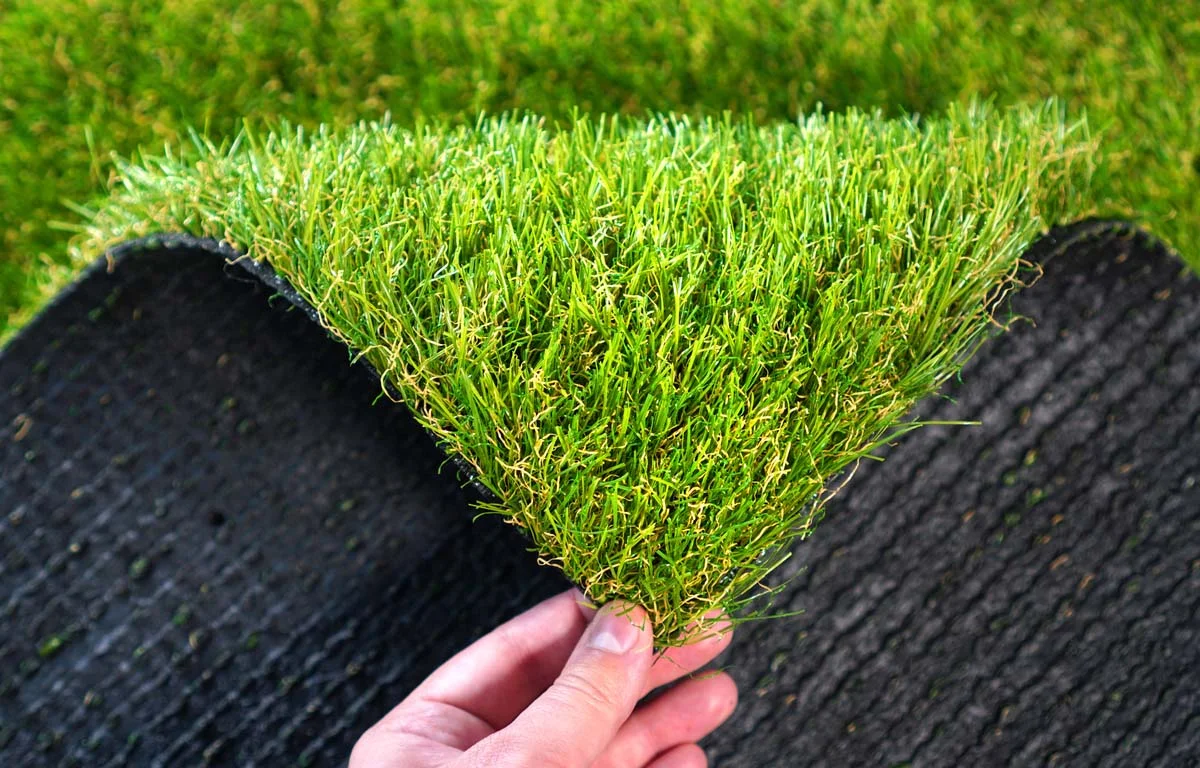
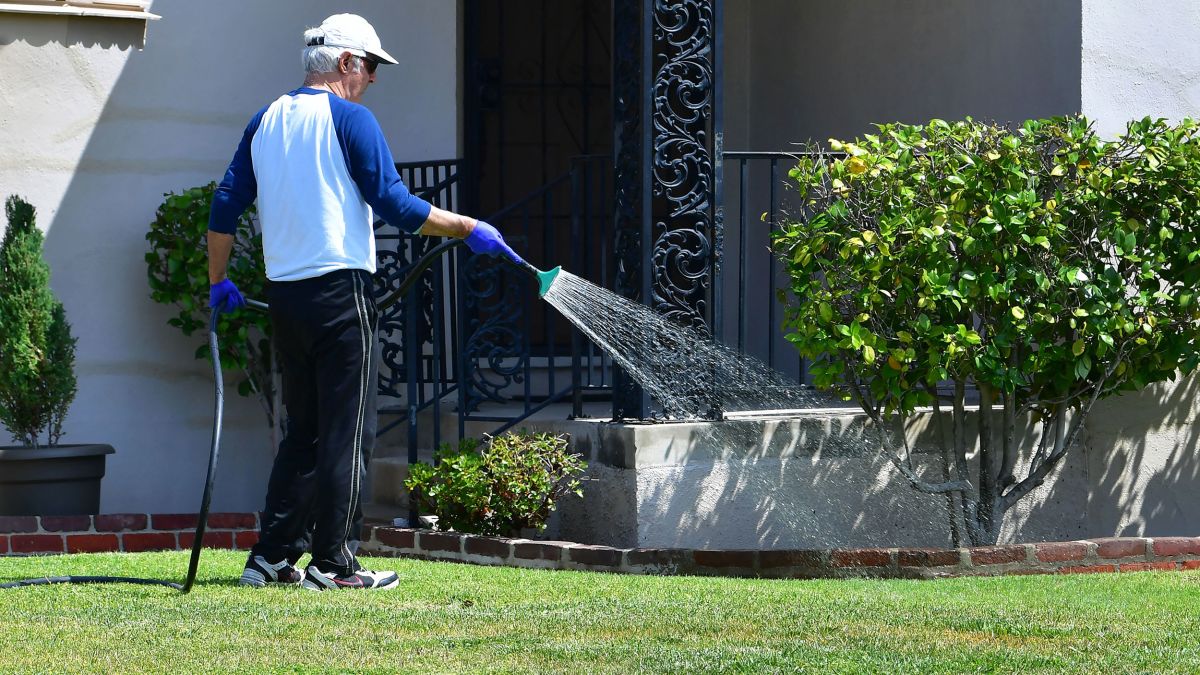
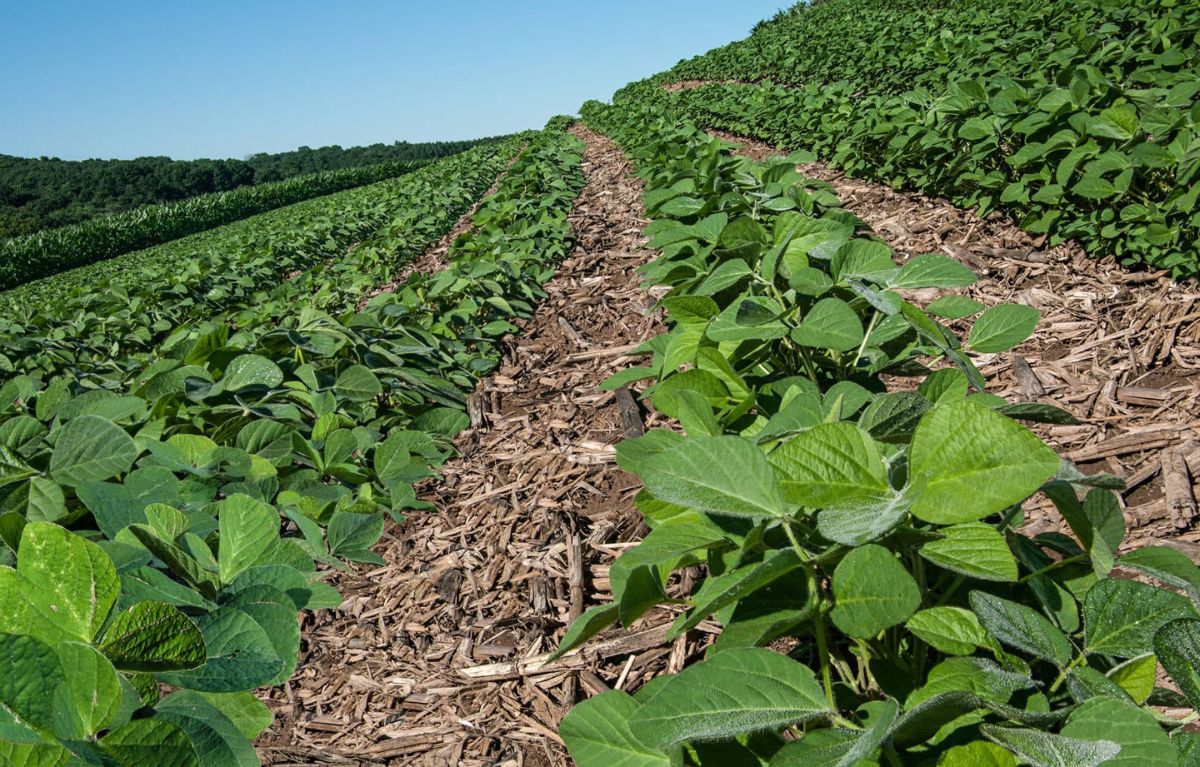

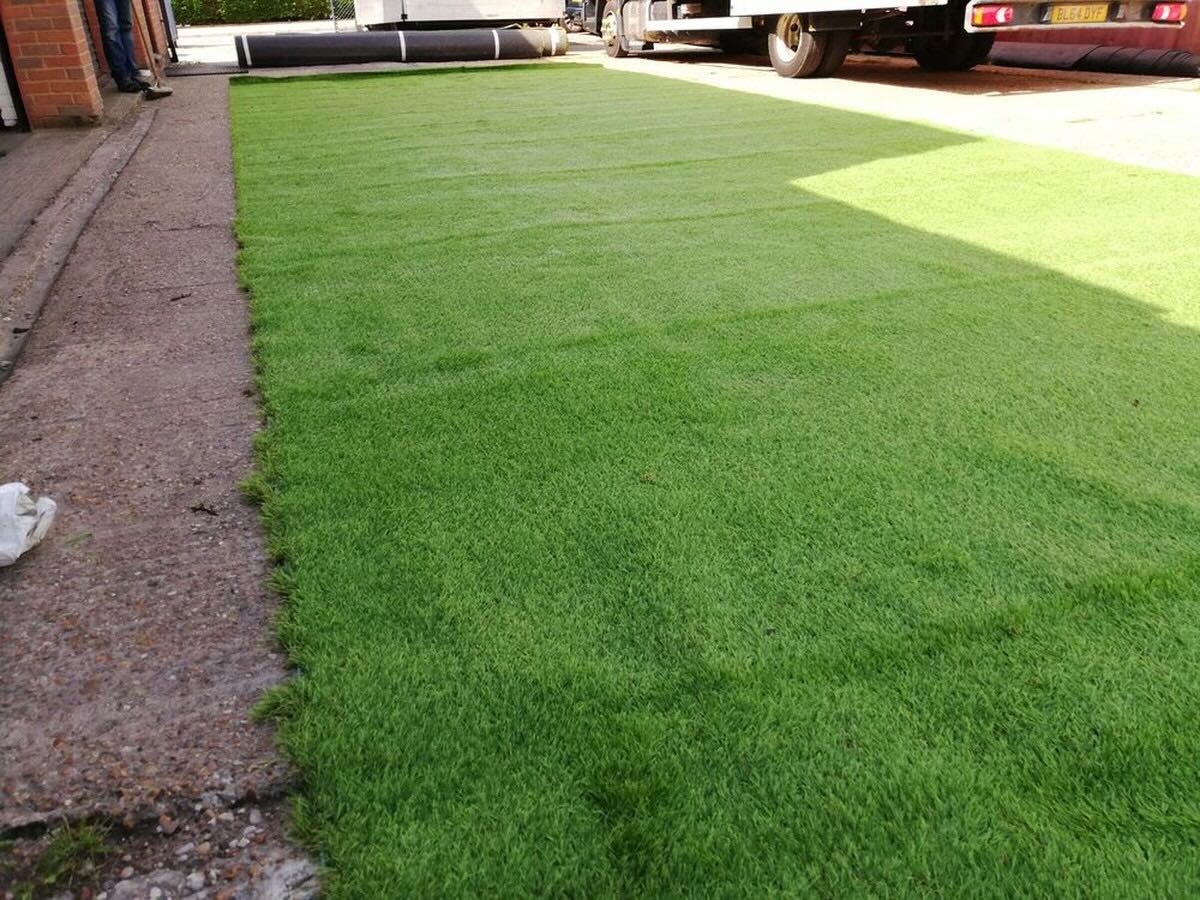
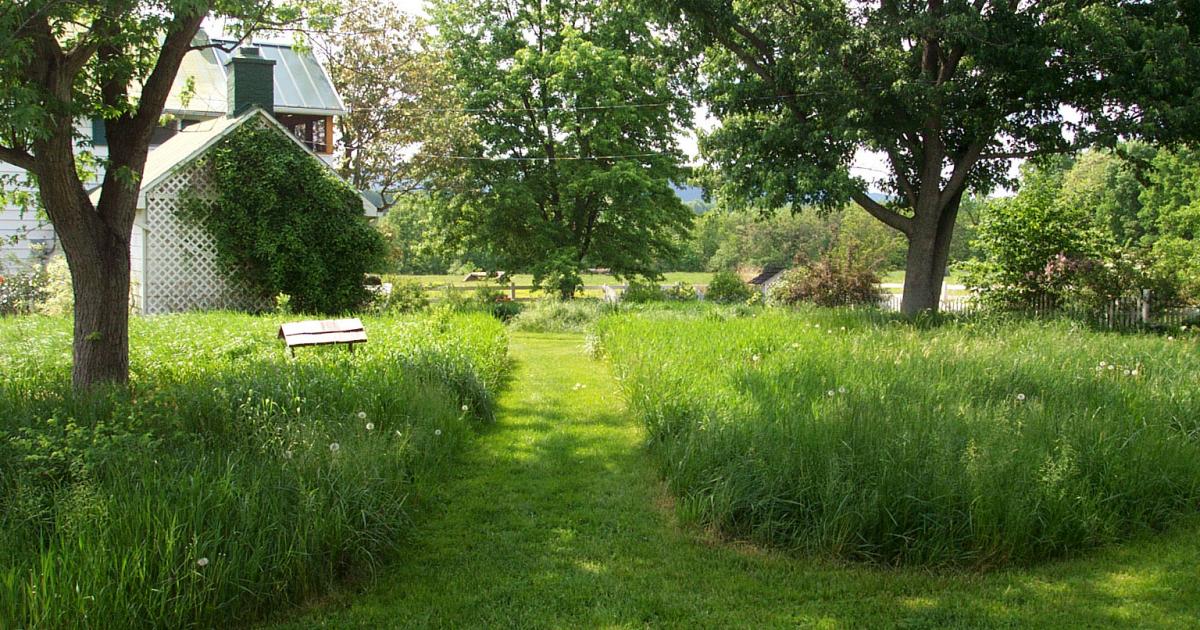
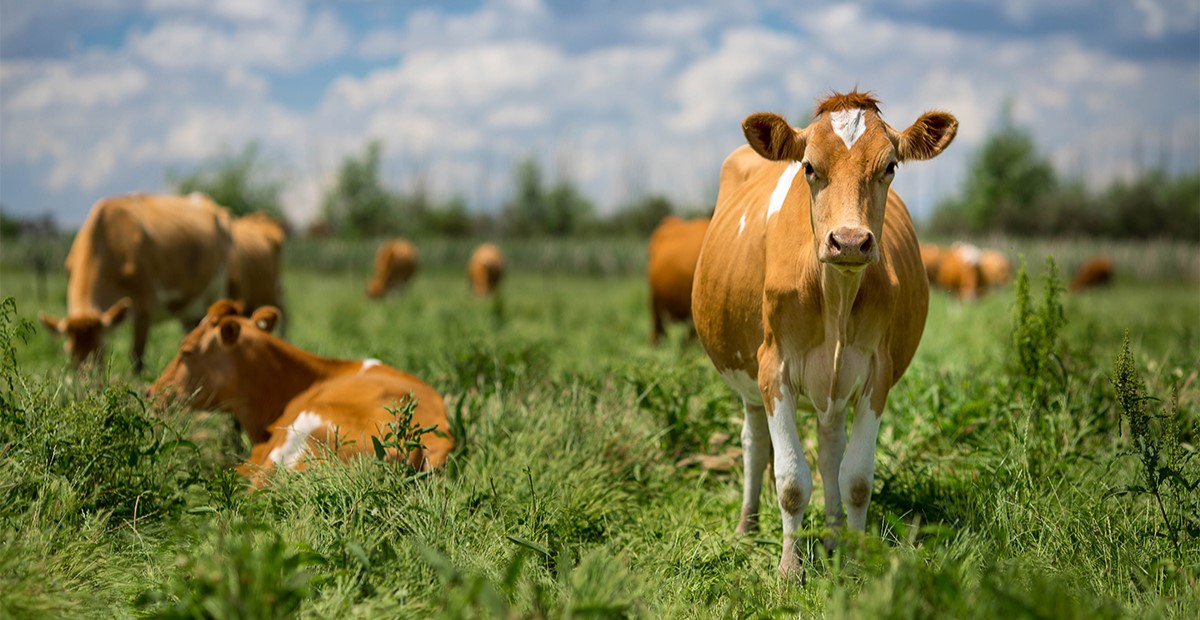
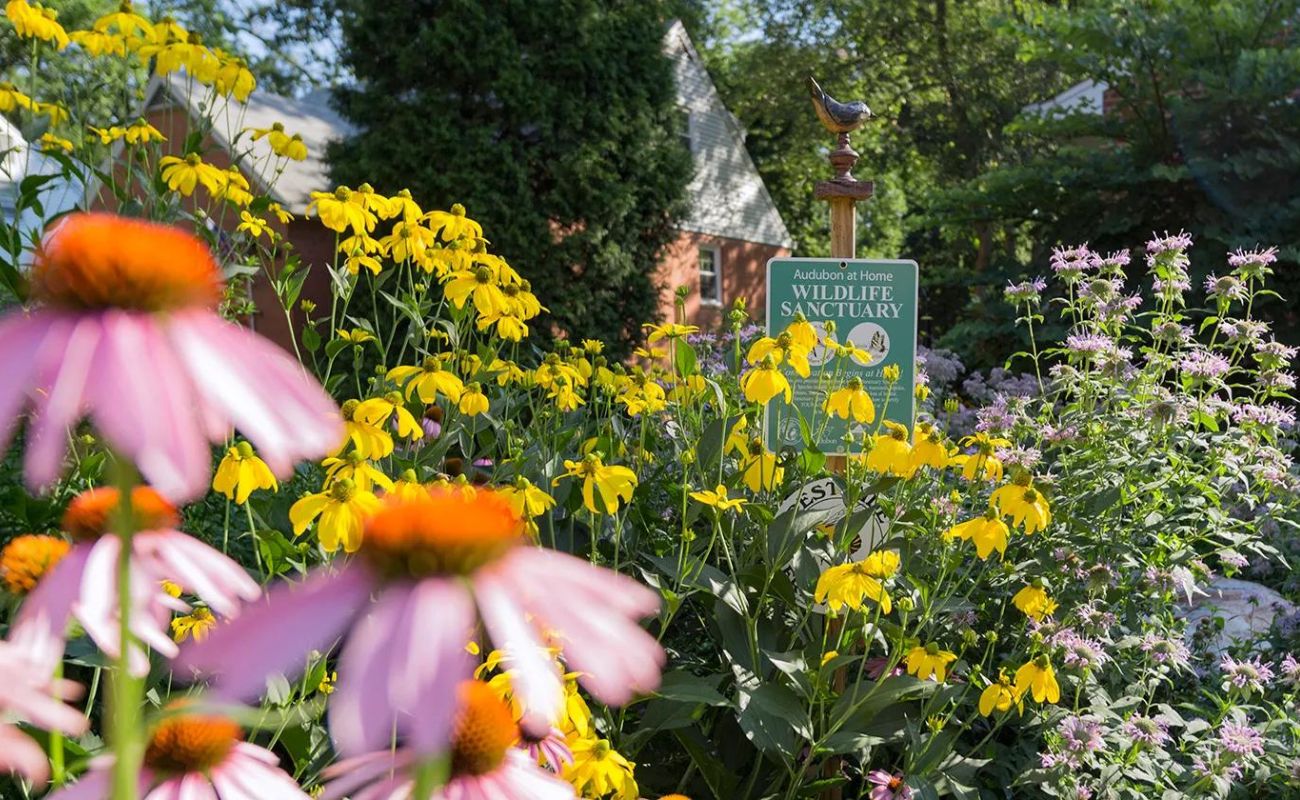



0 thoughts on “How Does Grass Benefit The Environment”